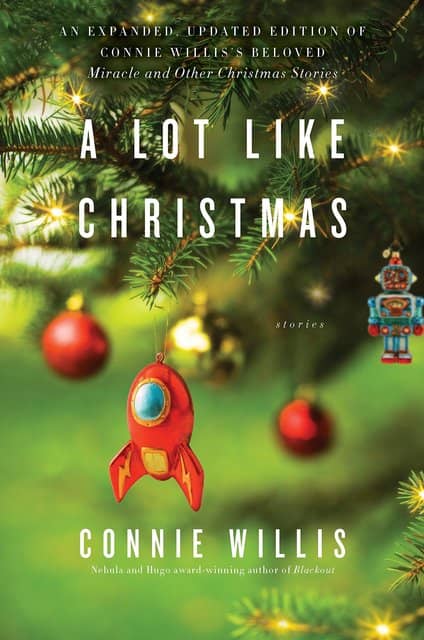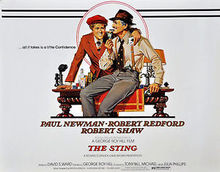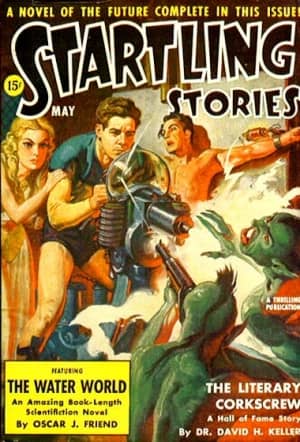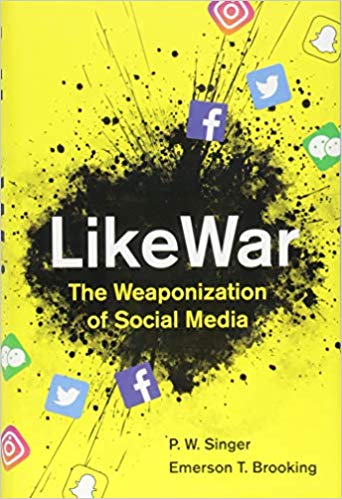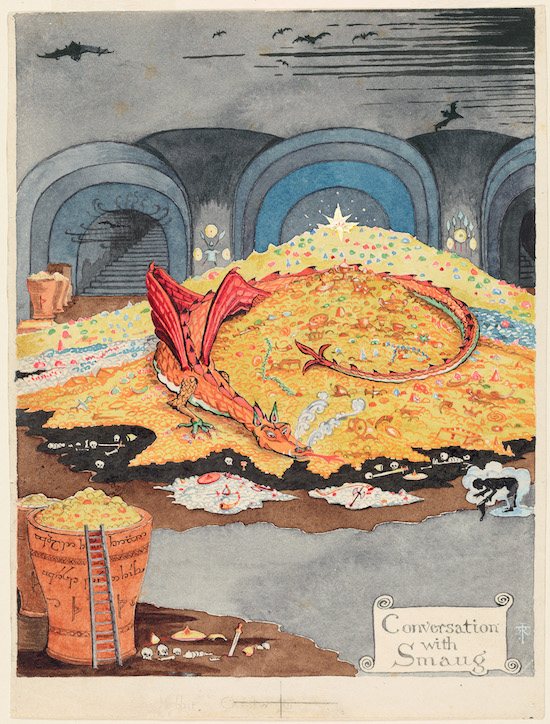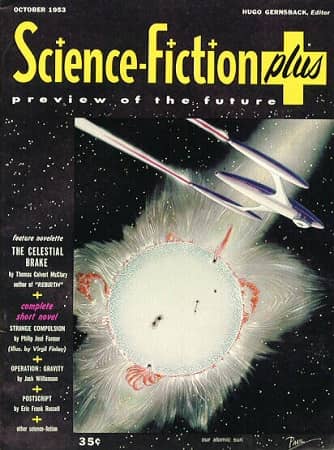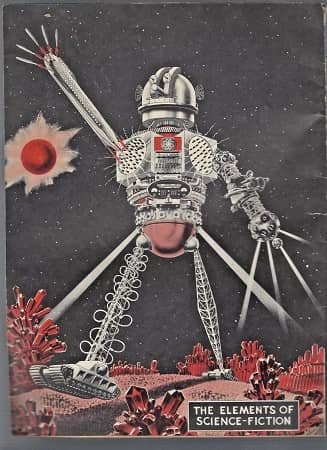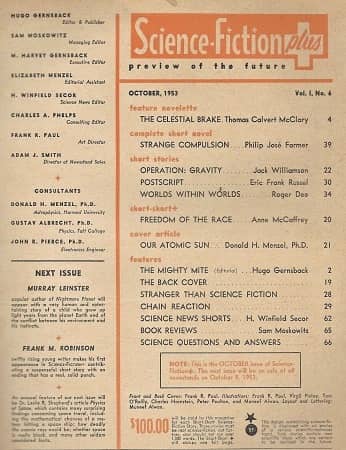Birthday Reviews: Albert E. Cowdrey’s “Immortal Forms”
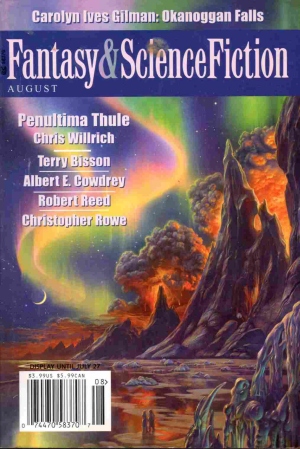
Albert E. Cowdrey was born on December 8, 1933.
In 2002, Cowdrey’s short story “Queen for a Day” won the World Fantasy Award. His novella “The Overseer” was also nominated for the World Fantasy Award. He received a Nebula Nomination in 2006 for the novella “The Tribes of Bella” and in 2009 his story “Poison Victory” was nominated for the Sidewise Award for Alternate History. He has on occasion published using the pseudonym Chet Arthur.
Cowdrey sold “Immortal Forms” to Gordon van Gelder for publication in the August 2006 issue of The Magazine of Fantasy and Science Fiction. The story has never been reprinted.
Shortly after Tommy Salvati inherits the house in which Hannah Loewe died, he begins to question the circumstance of her death. Salvati inherited the house because when he was younger, Loewe took care of him while his mother worked following his father’s death and, years later, he was the only person she felt close to, as well as being her lawyer.
His discovery that Loewe may have died after being prescribed a series of drugs by a doctor who was more interested in separating her from her money than treating disease makes him decide that he needs to investigate her death. When that leads to a dead end, he decides to do whatever he can to avenge her by destroying the doctor’s life and practice. As a lawyer, he does so by writing letters urging an official investigation into the doctor’s life.
One he starts his plan, the house, or a spirit in the house, becomes more active, not only haunting Salvati’s workroom, which had been the bedroom in which Loewe had died, but also moving events towards an outcome of revenge against the doctor and those who helped him. Salvati learns to work with the house to avoid the haunted room during the daytime when the spirit is active, and stay out of the way when the spirit seeks revenge.
